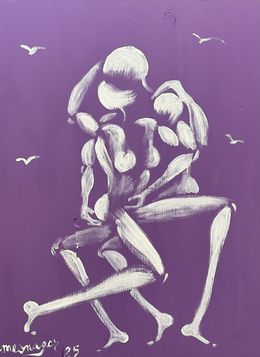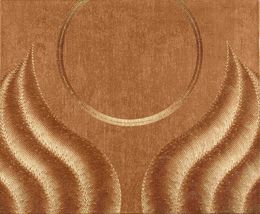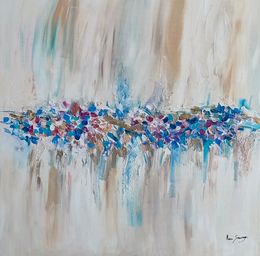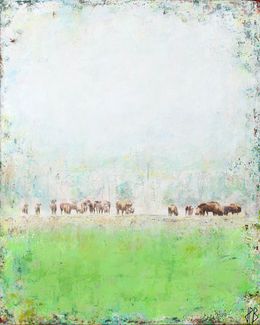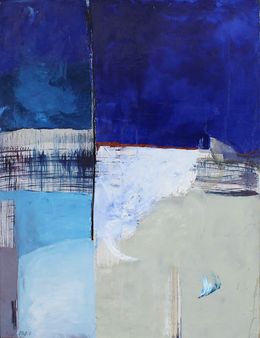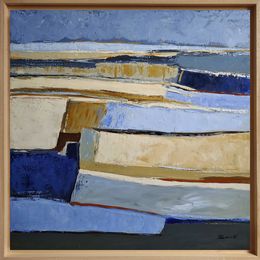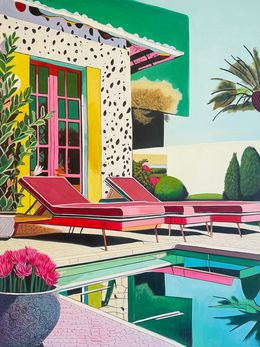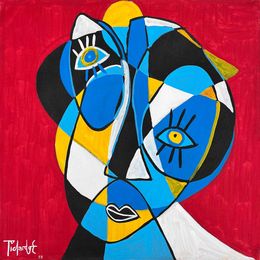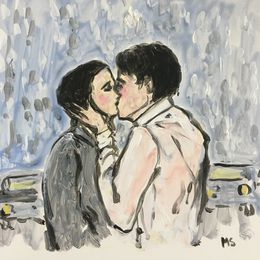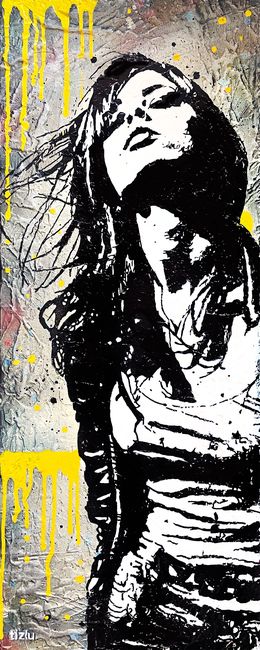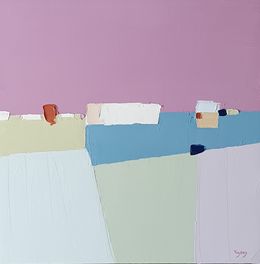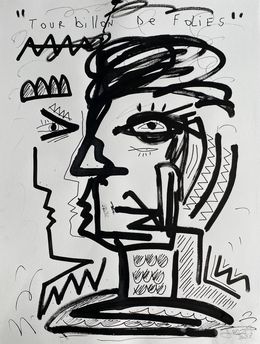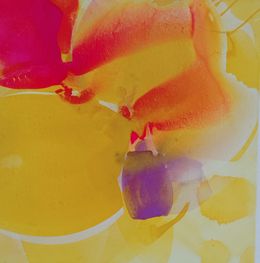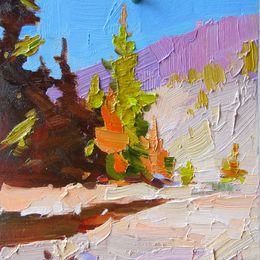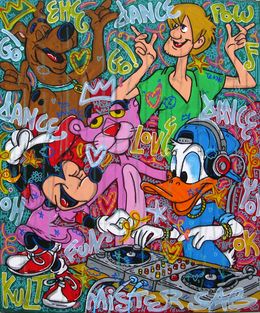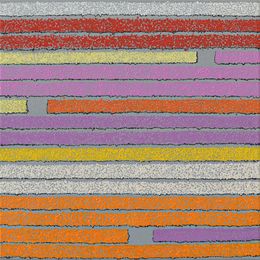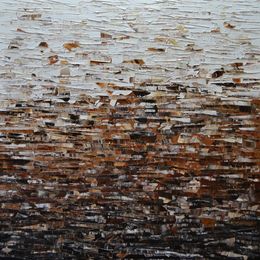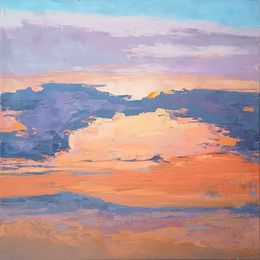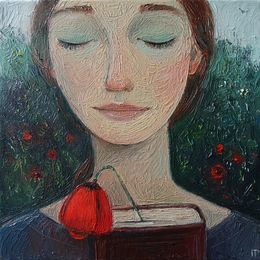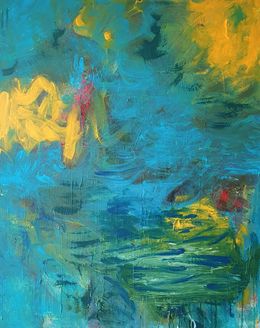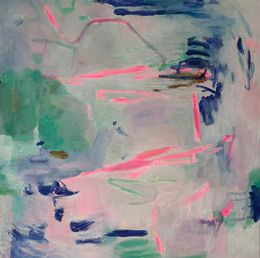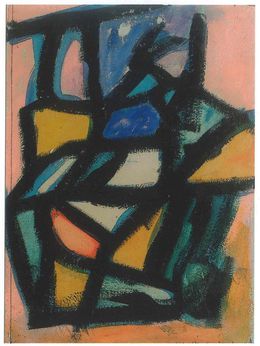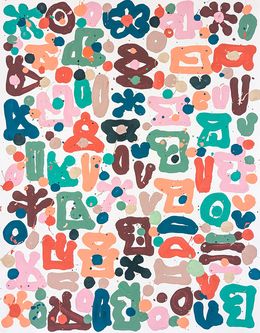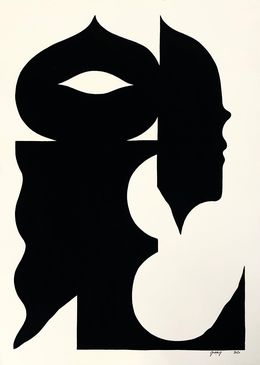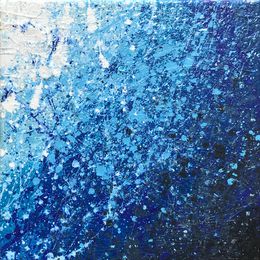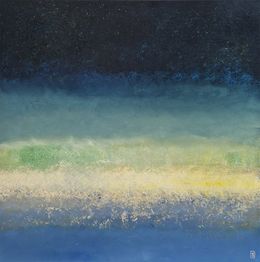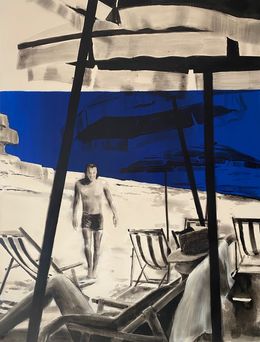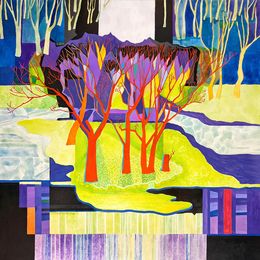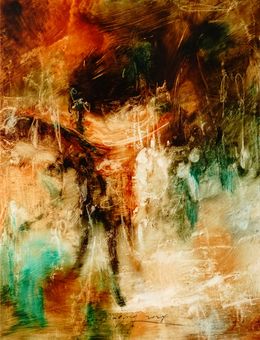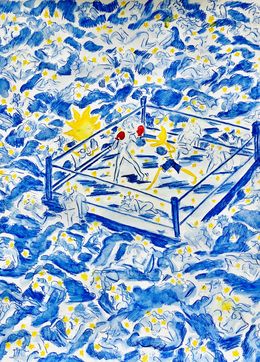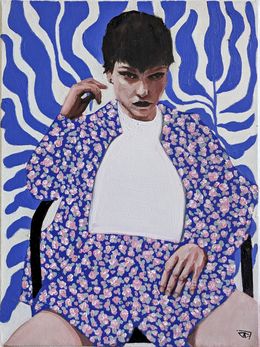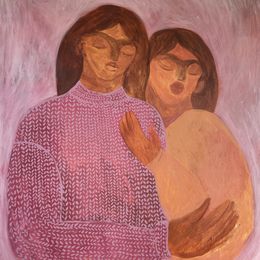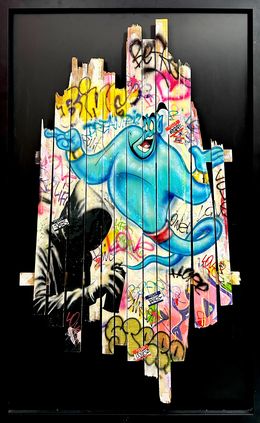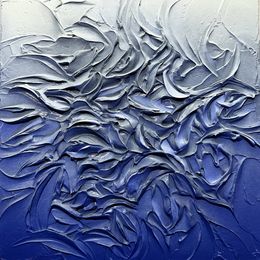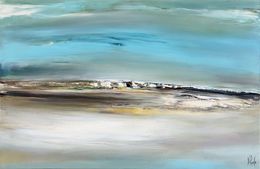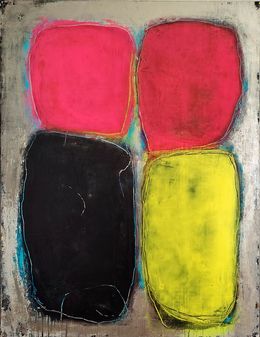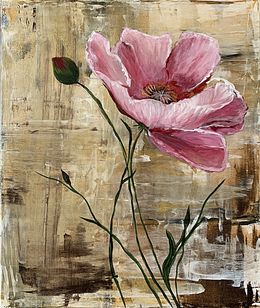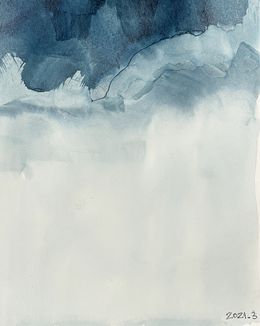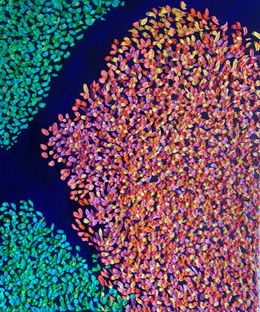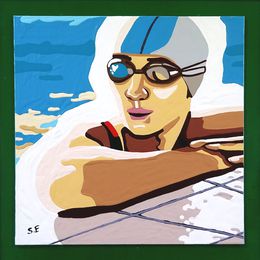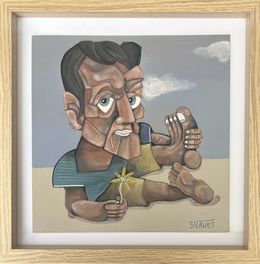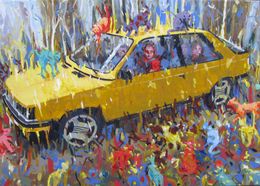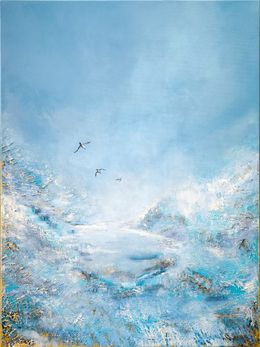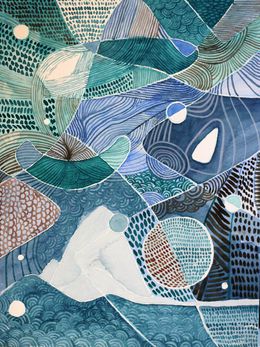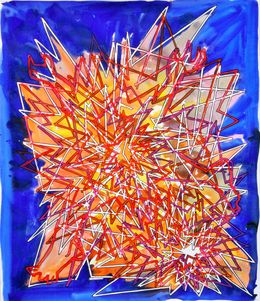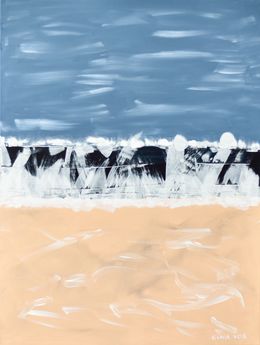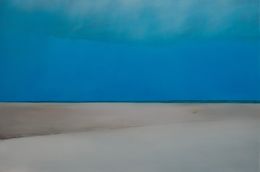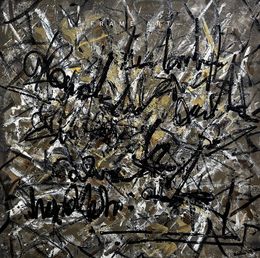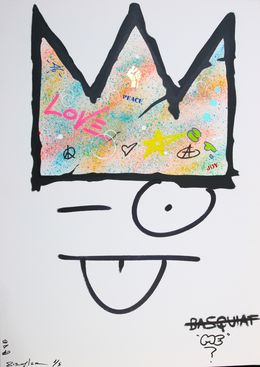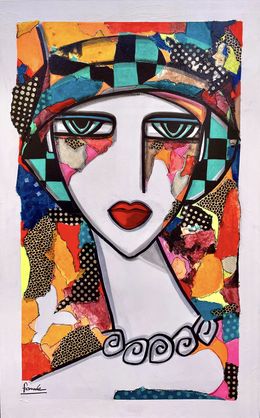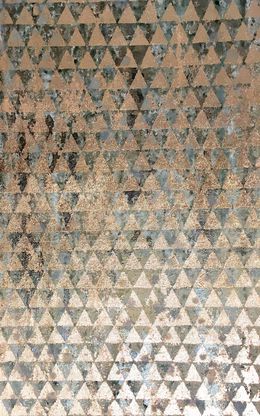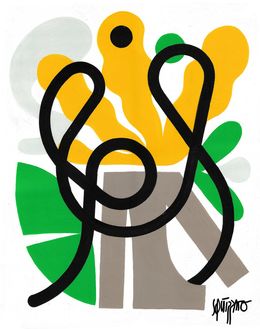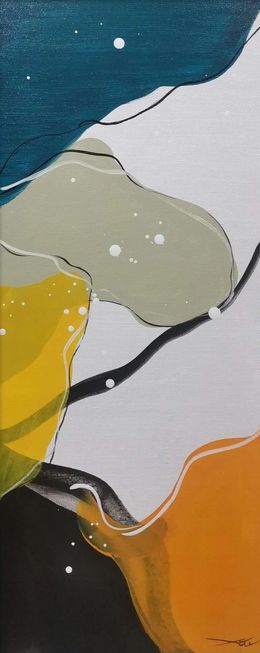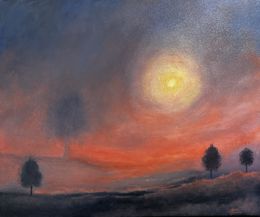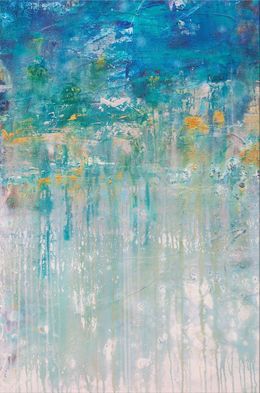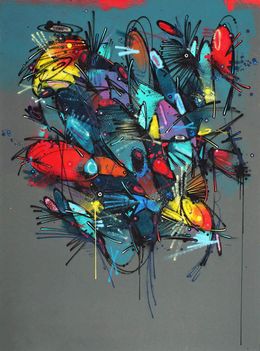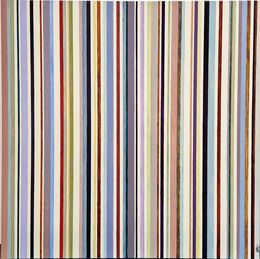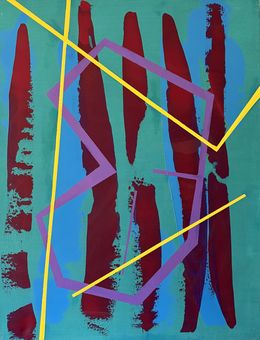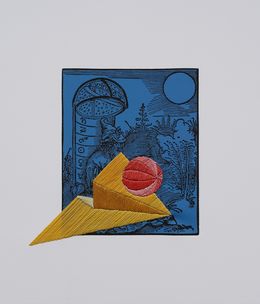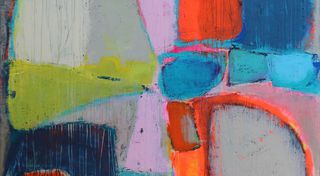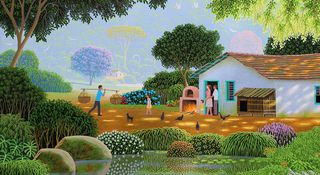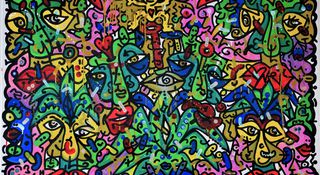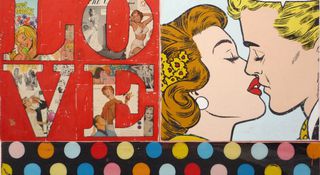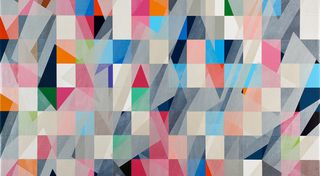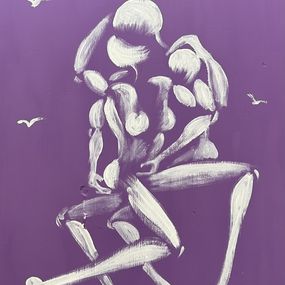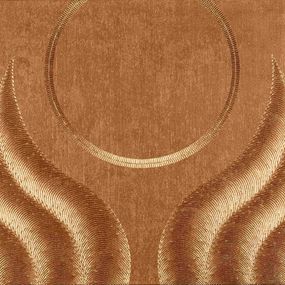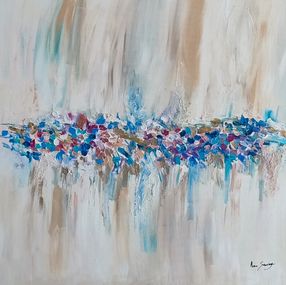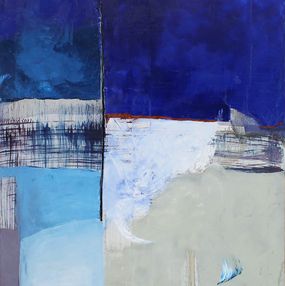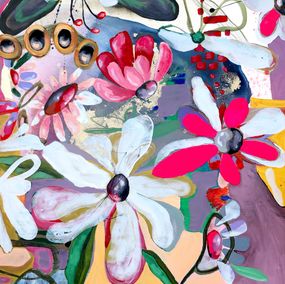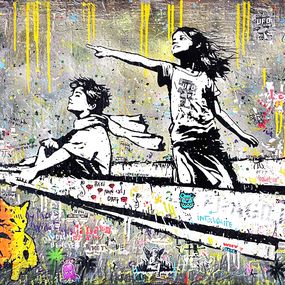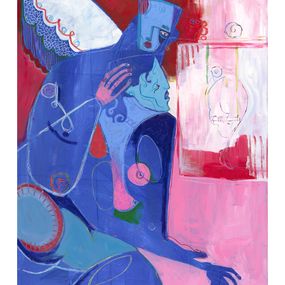
Contemporary paintings for sale
Artsper has a large selection of modern and contemporary canvas paintings for you to discover, organized under our various headers and themes. Painting has been a means of expression for mankind from Prehistoric times to the modern day, making it a true ambassador for the fine arts. Even today, it embodies the visual arts par excellence.
Oil paintings, watercolors, ink washes and even acrylics; there are many different techniques which allow the painter to achieve the desired effect. Mixing pigments with synthetic resin make it acrylic, while adding delicately grinded gum arabic, transform it into gouache and watercolor. In street art, painting takes shape on walls using spray cans, but painting can adapt to all kinds of supports. Often more frequently used on canvas, paintings can also be created on wood, paper… there are no limits to the surfaces the artist can use it on.
A painting is above all the concept and ideas behind the brushstrokes and the artistic process. With this in mind, two key trends contrast with each other: figurative art and abstract art. However, they are merely two guiding principles amongst the host of pictorial movements which have been developed throughout the years and have come to establish the history of art. Each of these artistic movements have played their part, often drawing on achievements from the past or by doing the exact opposite of previous techniques. As with minimalist painting and the Pop art movement, the norms have evolved and they are no longer the same, creating new aesthetics and changing the way we view art.
The practice of painting continues to evolve with the succession of movements and artistic experimentation, as artists become interested in new techniques and try to deal with new issues. Certain artists highlight the importance of color, whilst others focus on form or light. The Impressionists, for example, gave a great deal of importance to what the eye truly saw, whereas the Surrealists allowed themselves to be guided by their subconscious and the Cubists concentrated on how to depict perspective…
If contemporary art has often been associated with abstract painting, it cannot in any way be reduced to this association. Figurative art is making a comeback on the current art scene and artists are using the style across the world. Contemporary painting is never static and the artworks shown in these pages are proof.
At Artsper, we offer a large and diverse range of paintings, both modern and contemporary, from the best international art galleries. Explore the themes which have fascinated renowned contemporary painters and young artists and discover landscape paintings, portraits, still lives, nudes and from numerous artistic movements such as Pop art, Street art or Outsider Art…
For example, discover the street art paintings of the famous Shepard Fairey, or the figuration libre (free figuration) paintings by Robert Combas, the refined and summery canvases by Marek Okrassa, the colorful and minimalist works of Nicolas Dubreuille, or even stylized portraits by Éric Odartey or Florence Dussuyer, rising stars of the contemporary art scene…
You can also browse by sizes with our selection of small format contemporary paintings or large format paintings but also by color: blue paintings, red paintings, yellow paintings, green paintings, grey contemporary paintings and more....
Save your search and find it in your favorites
Save your search to find it quickly
Saved search
Your search is accessible from the favorites tab > My favorite searches
Unsaved search
A problem occurred
